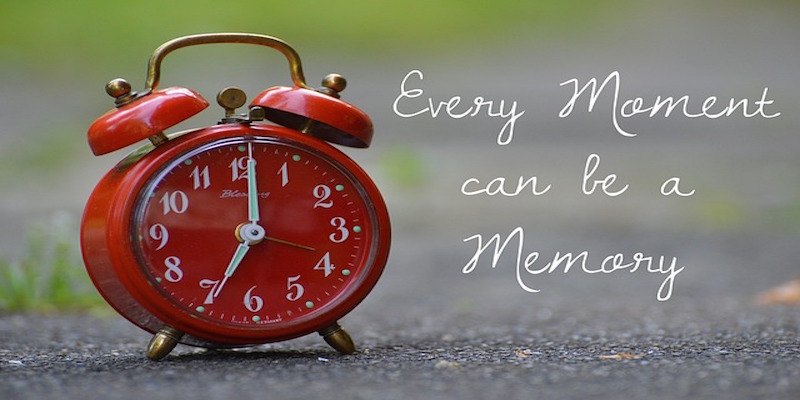Homeschooling isn’t easy. It takes a lot of patience, planning, and encouragement. It is comfortable for us to look online, in a Facebook group, or at other homeschool friends and think “Wow! They are amazing, I wish our homeschool could be more like theirs.” Well, the fact is, every family dynamic is different, completely different, so their homeschool will also be different. In fact, Each homeschool should be tailored to the needs of the students who are learning in your classroom. As parents can easily teach according to how we learn best, but it is helpful for us to assess our students and teach them according to the style in which they learn best whether it is visual, auditory, or kinesthetic. By doing so, we create a successful model for our homeschool to follow.
If your child is a kinesthetic learner, a child who learns best by moving and doing something while learning, it would be great to take advantage of that and plan as many hands on lessons as you can. Unfortunately, in other schools the kinesthetic learner can sometimes be forgotten about in classrooms that encourages silence and stillness. One of my daughters is highly kinesthetic. While writing can help her learn material, she learns best if we stand up and move when new material is introduced. I love that because of our small class size I don’t need her to sit quietly when she is excited about our curriculum. She is free to express her joy without the fear that she will distract others.
Just like your students’ learning styles will be different, so will your schedule. If your children need to sleep later than the other school children in your neighborhood, let them within reason. Our school day starts around 9am because breakfast and devotion time are very important in our household. I also learned last year that structure for my girls is important, but we aren’t rigid about the schedule. Instead, students should have a good understanding of what they are expected to do during school time and which subjects are about to follow. This helps us especially, but it may not be the way you need to structure your classroom.
Although, I’m a morning person, my children aren’t and I respect that about them. I keep a timer in our classroom to help us stay on track because the work needs to get done, but twice a week (on Tuesdays and Fridays) I allow us to have a relaxed schedule. We also don’t try to cram each subject into our day everyday. Monday, Wednesday, and Thursday are our days for Spelling, Math, physical education, and Classical Conversations memory work (Timeline, Latin, History, Math, English, Geography, Drawing, and Science). Tuesdays and Fridays are for Music class, Science experiments, health, computer, and field trips when applicable.
If you don’t know how your kids learn best, then you should check out Cynthia Tobias’ book The Way They Learn. The book provides good insight about learning styles, but it is very important to note that when identifying a primary learning style it does not mean that particular learning style is the only way a child can learn. Children and adults will be able to learn from each style, it’s just that some will learn best from the style that is most dominant. When new material is introduced be sure to share the new lessons by using their dominant learning style at least once or twice.
Free Classical Conversations Printable
If you are using Classical Conversations, today I am sharing information that I compiled for my memory work tri-fold board (as seen on the blog Half-a-Hundred Acre Wood). Each week I will create new materials based on my Foundations guide. Unfortunately, I do not have these printables created in advance, so if you’re able to go ahead and create future materials for the upcoming week, please feel free to share your materials with me as well. If you are a part of CC, join CC connected and you will have printables for the weekly lessons available to you.
- C.1 Week 5 Download
- All cycles Science Experiment Worksheet Download
- Follow my Cycle 1 board on Pinterest:
Follow CleverlyChanging.com’s board CC – cycle1 on Pinterest.




